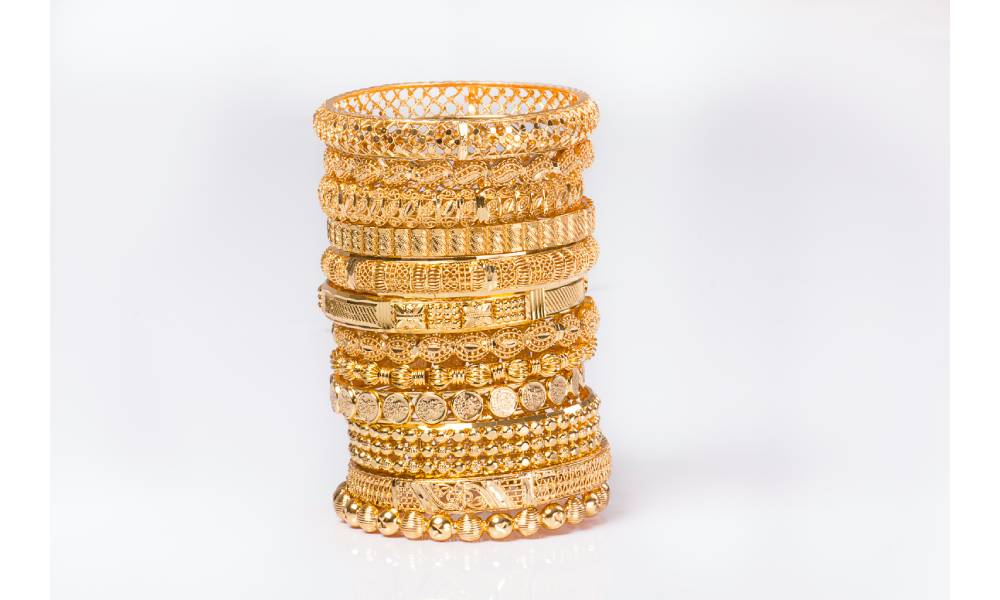As gold continues to capture the spotlight with its record-breaking run, India’s affinity for the yellow metal remains as strong as ever, despite soaring prices. In this exclusive conversation, Sachin Jain, Regional CEO, India, World Gold Council, shares his views on how platforms like IIJS Premiere are shaping the future of India’s gold ecosystem. He weighs in on evolving consumer behaviour, rural demand trends, and the path ahead—from digital gold to policy reforms—that could redefine India’s gold narrative in the years to come.
IIJS Premiere 2025 is expected to attract strong domestic and international participation. How do you view the role of the GJEPC’s flagship B2B platform in influencing India’s gold ecosystem and demand sentiments?
IIJS has established itself as a top B2B platform for the global jewellery industry. It acts as a catalyst for growth in India’s gold ecosystem by fostering collaboration, enhancing trade opportunities, and aligning the industry with global standards. Its ability to attract both top manufacturers from India and across many other countries, makes it immensely valuable to the Indian jewellery industry. India being the second largest consumer of gold, the platform reinforces its leadership in the global gold and jewellery market by highlighting India’s skilled craftsmanship, world-class manufacturing capabilities, and competitive pricing.
With gold breaching the psychological mark of Rs. 1 lakh, how is the trade adapting to high prices in terms of product mix? Could price volatility affect demand sentiment in the coming quarters?
This year marks an historic period for gold, with global prices increasing by 30% since January and reaching a record high of USD 3,500 per ounce. In India, gold prices have hit historic highs and gone beyond Rs 1 lakh per 10 grams, reinforcing the belief in the yellow metal. Despite external factors, gold jewellery retailers are well-stocked and optimistic about favourable buying behaviour. With seasonal and wedding-related demand also influential, robust gold jewellery purchasing is expected this festive season.

What’s next in WGC’s consumer outreach strategy beyond the ‘You Are Gold’ campaign?
We are focusing on four pillars—Marketing, Visual Merchandising, Training, and Technology—to strengthen the gold industry and improve consumer engagement. We are exploring AI technologies to attract a younger audience and enhance the gold jewellery retail ecosystem. Our refreshed gold jewellery marketing campaign will be launched during the upcoming festive season.
With the possibility of a normal monsoon, do you see a revival in rural gold demand? What rural trends is the WGC tracking for 2025?
A good monsoon boosts agricultural output, rural incomes, and consumer confidence, particularly during festivals and weddings when gold buying peaks. Better crop yields can increase disposable income and gold purchases, especially in rural areas where gold holds cultural significance and value. The jewellery industry remains cautiously optimistic.
As digital gold gains traction and younger investors look for convenience and transparency, how is WGC helping the industry pivot to a more tech-savvy, Gen Z-inclusive future? What are the next big catalysts for investment-led demand in India?
We continue to build understanding of the use case and possibilities of gold through trusted research, analysis, commentary, and insights. Digital platforms offering gold-backed ETFs and similar products have seen significant inflows since past year, mainly driven by investor demand for convenience, transparency, and accessibility. AUM in Gold ETFs have seen a rise of 41% from December 2024 to May 2025.
India’s gold market remains heavily regulated. What are your views on the need for progressive gold policy reforms around import duties, monetisation, etc. to unlock long-term growth?
Current taxes on gold, including a 6% import duty and 3% GST, remain high and may incentivise illicit imports in the near future. Reducing these taxes and monetising investment gold could enhance gold’s role in India’s economy further. Policy reforms aimed at enhancing gold monetisation schemes and improving access to digital gold products could drive greater participation from younger investors and improve liquidity in the market. For instance, the government’s decision last July to reduce import duties on gold has had a significantly positive impact on the industry. This move has helped reduce unofficial imports, stabilise official channels, and supported the domestic gold industry. The reduction in taxes on gold has led to a more organised and transparent industry, resulting in a stronger gold market. Gold smuggling has also reduced significantly since July 2024.
You’ve projected India’s gold demand at 700-800 tonnes for 2025. What are the key assumptions behind this forecast?
The projected numbers are based on a careful assessment of the current economic environment and Q1 data. We expect investment demand to continue gathering pace, driven by near-term stagflation risks, medium-term recession concerns, elevated stock-bond correlations, and ongoing geopolitical tensions.
How are US President Donald Trump’s sweeping tariffs likely to affect the Indian gold industry?
While gold has not been directly targeted by US tariffs, trade uncertainty has significantly impacted global trading behaviour and pricing patterns. For India, while tariff-related disruptions may create short-term volatility, their impact on India’s gold industry is likely to be temporary. Tariff-induced inflationary expectations globally could further elevate gold prices, which may dampen affordability and consumer demand in price-sensitive markets like India. As gold flows shift towards the US, there may be temporary constraints on the availability of refined gold in other markets, including India.
Looking beyond 2025, what is your vision for India’s gold market by 2030, in terms of demand drivers, industry structure, and India’s strategic position in the global gold narrative?
India’s gold market is well poised to remain integral to global gold industry, driven by many factors like cultural affinity, increase in digital adoption, and policy reforms aimed at reducing barriers to trade. By 2030, we envision India to further strengthen its position as a hub for gold innovation and manufacturing, leveraging its skilled workforce and technological advancements.

